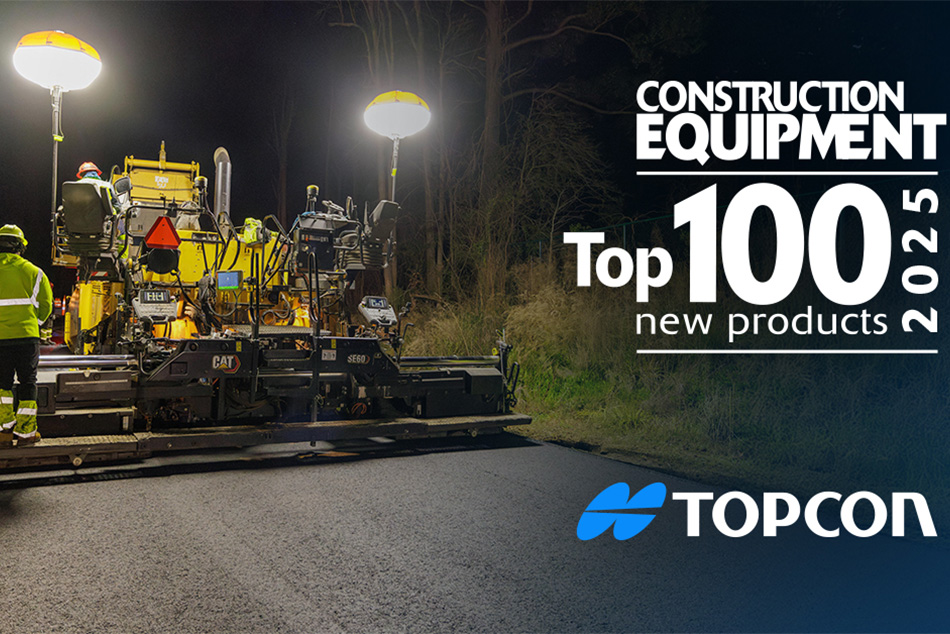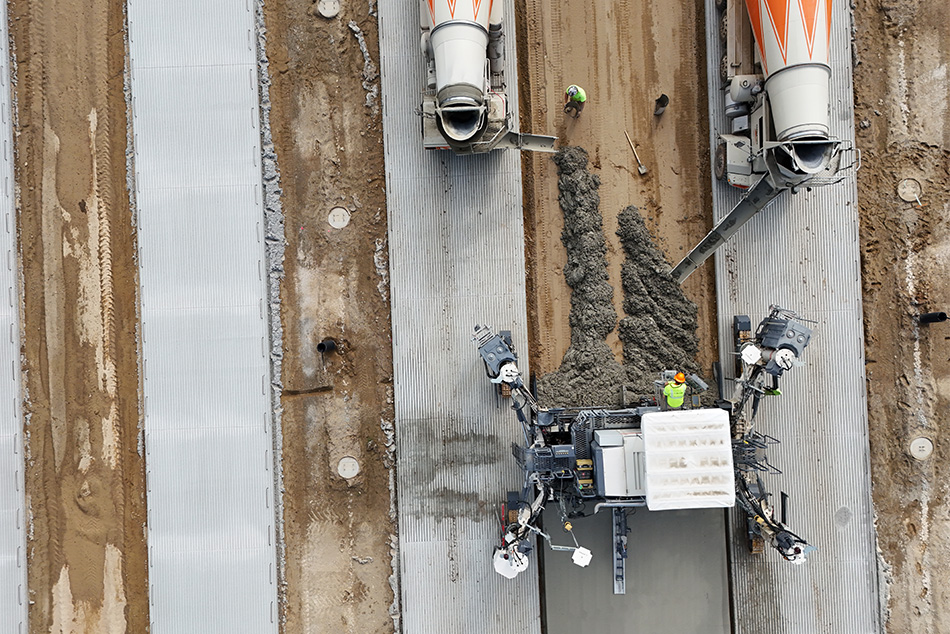“RTK guidance is the key component in our precision farming operation,” Jeff explains. “Without RTK, we wouldn’t be able to achieve the type of accuracy we need to take our operation to the next level.”
For the Strangs, that next level includes variable-rate seeding twin–row corn and twin-row soybeans into a 10-inch strip that has been tilled into stubble from the previous crop. While tilling the strips, the Strangs are also applying variable-rate fertilizer based on a prescription derived from yield history and field soil tests.
According to Mike, preparations for corn begin in the fall when they till the soil about eight inches deep, while applying a variable rate application of potash. The following spring, the family comes back with a shallow strip tillage pass and applies variable rate phosphate and a straight rate of nitrogen.
“We normally put on about half our target rate of nitrogen with the spring strip till pass, which amounts to about 80 to 100 pounds per acre,” he continues. “We’ll then come back with the Spra-Coupe and variable rate the rest of the nitrogen using a crop-sensing system to measure leaf color.”
Soybeans or white beans, meanwhile, are planted into strips that have been prepared in the spring by splitting the old cornrows. Again, potash and phosphate are variable rate applied according to a prescription based on past yield history and soil samples.
“The normal rotation is from wheat to corn to beans and back to wheat,” Jeff relates. “However, we have some ground that isn’t suited to winter wheat; so we just rotate between corn and beans on those fields.”
Both of the row crops, he adds, are planted with a Kinze Twin-Row planter. Originally designed for planting soybeans in 15-inch rows, the unit has simply been modified to plant two rows about 7 ½ inches apart within the 10-inch strips, which are spaced on the traditional 30-inch centers.
“Without the accuracy of RTK guidance, it would be nearly impossible to plant two rows into that size of a strip,” Jeff continues, reemphasizing that all the fertility has also been placed in that strip.
Even Keith Strang, the family patriarch, says he has learned to appreciate the benefits that RTK guidance offers their operation.
“With auto steer, we can actually farm anytime of the day or night and still have better accuracy than we would have ever dreamed of 10 or 15 years ago. Plus, you don’t have near the fatigue and shoulder strain after a day of driving and looking over your shoulder,” he comments. “Instead, you’re watching the monitor a lot closer and doing a much better job at farming, whether it’s planting, spraying or harvesting. In the past, we thought we were good farmers, but when you look back, in light of all the technology we have today, I think we were just lucky more than we realized.”
















